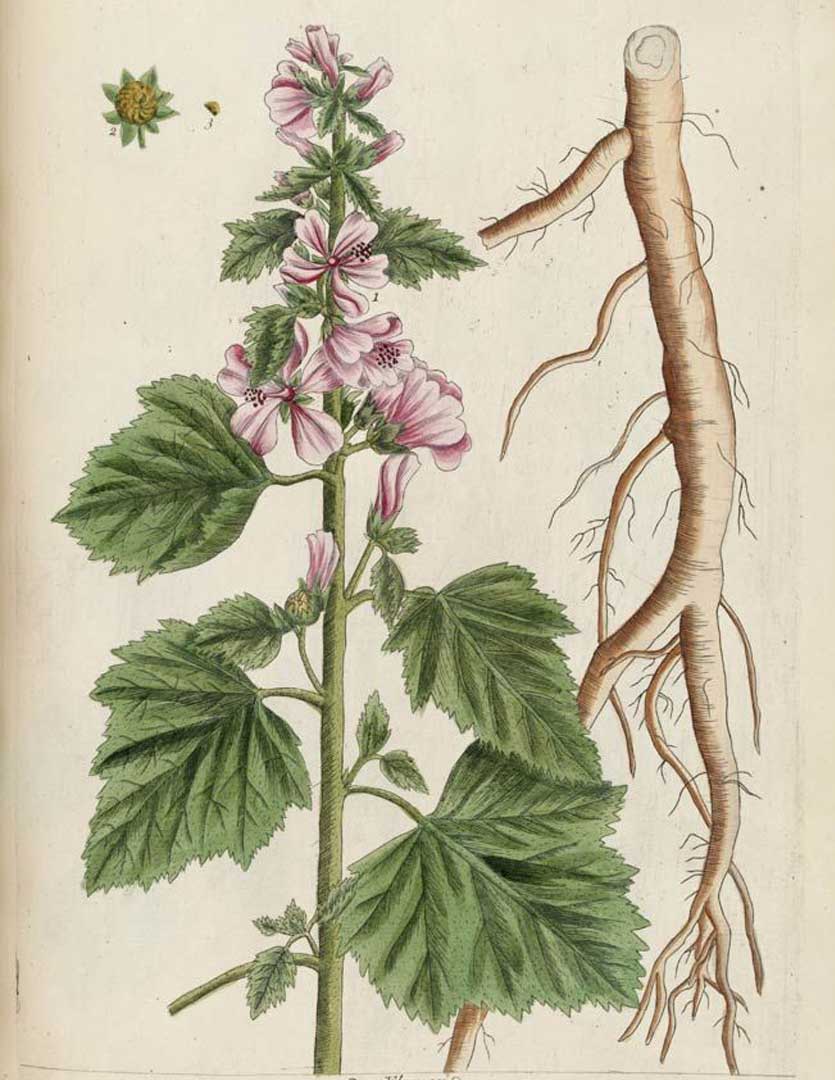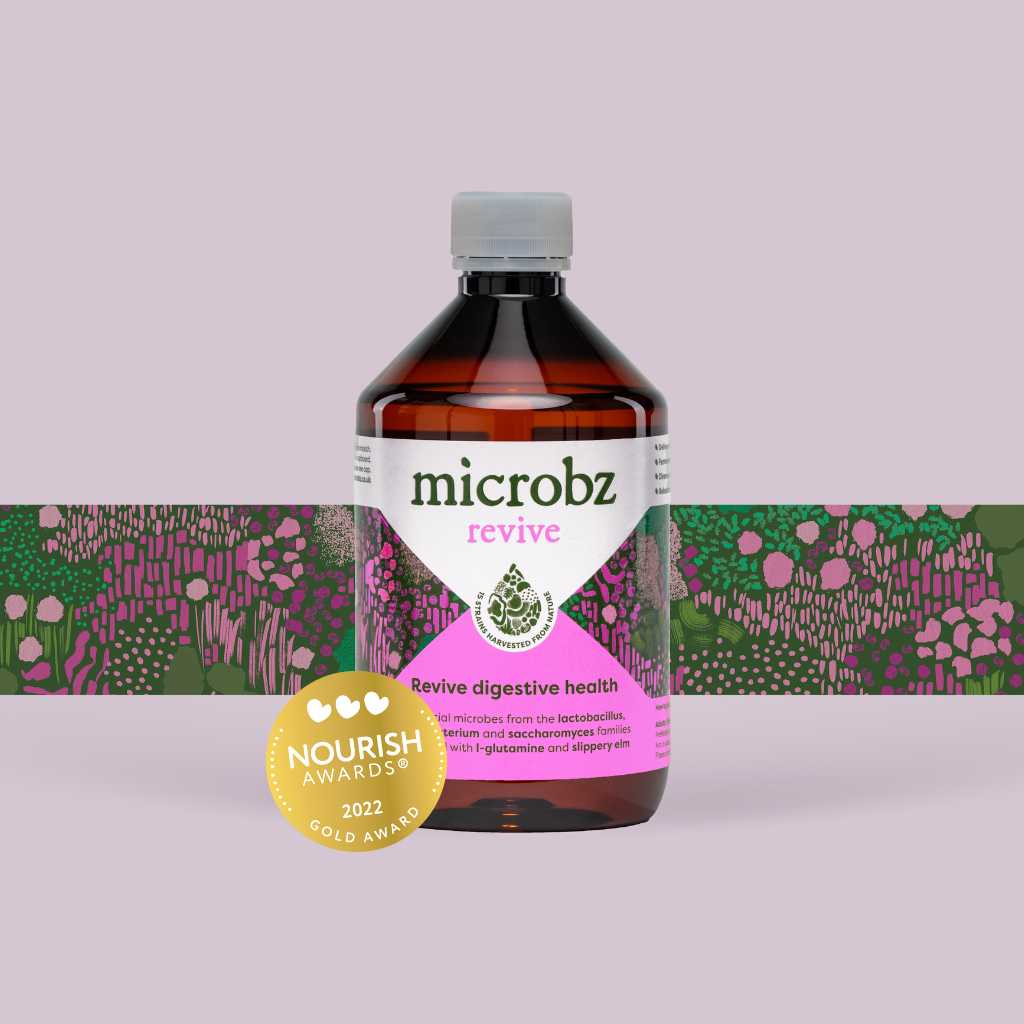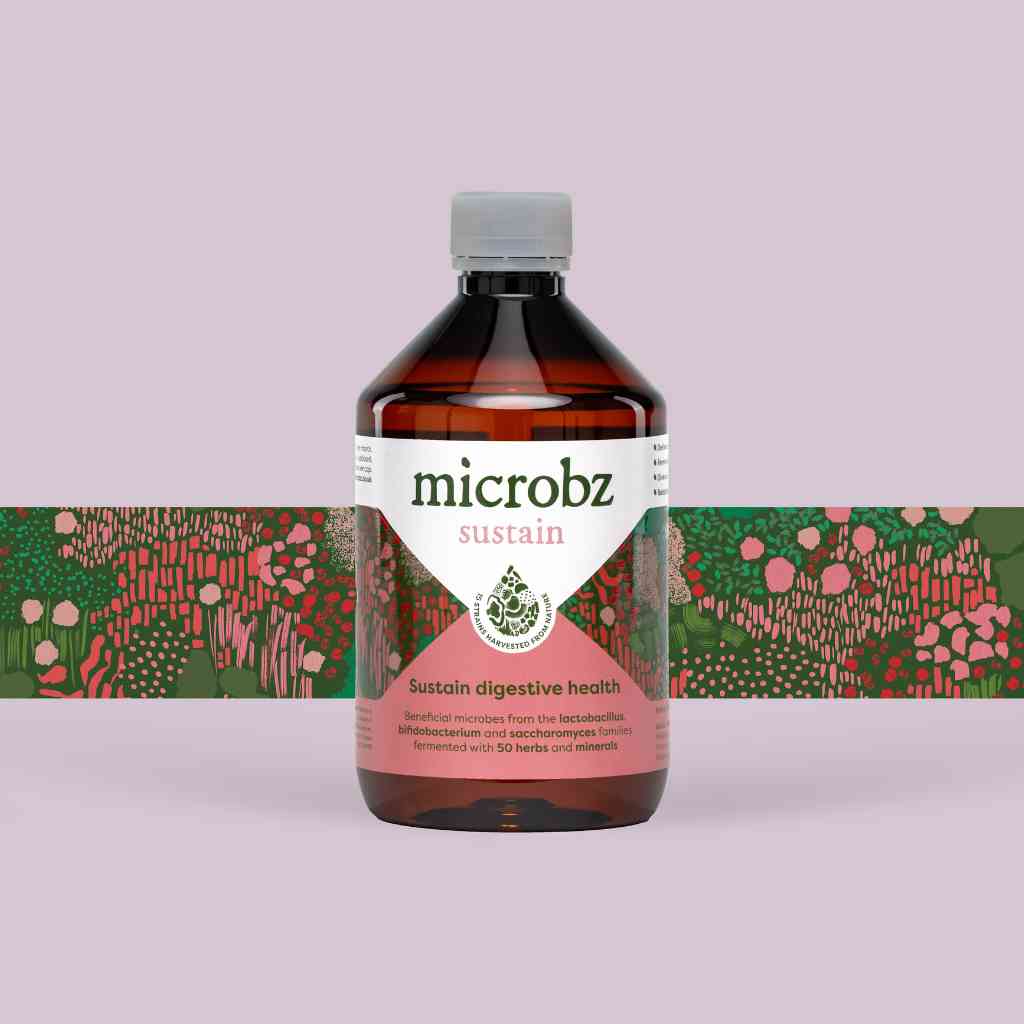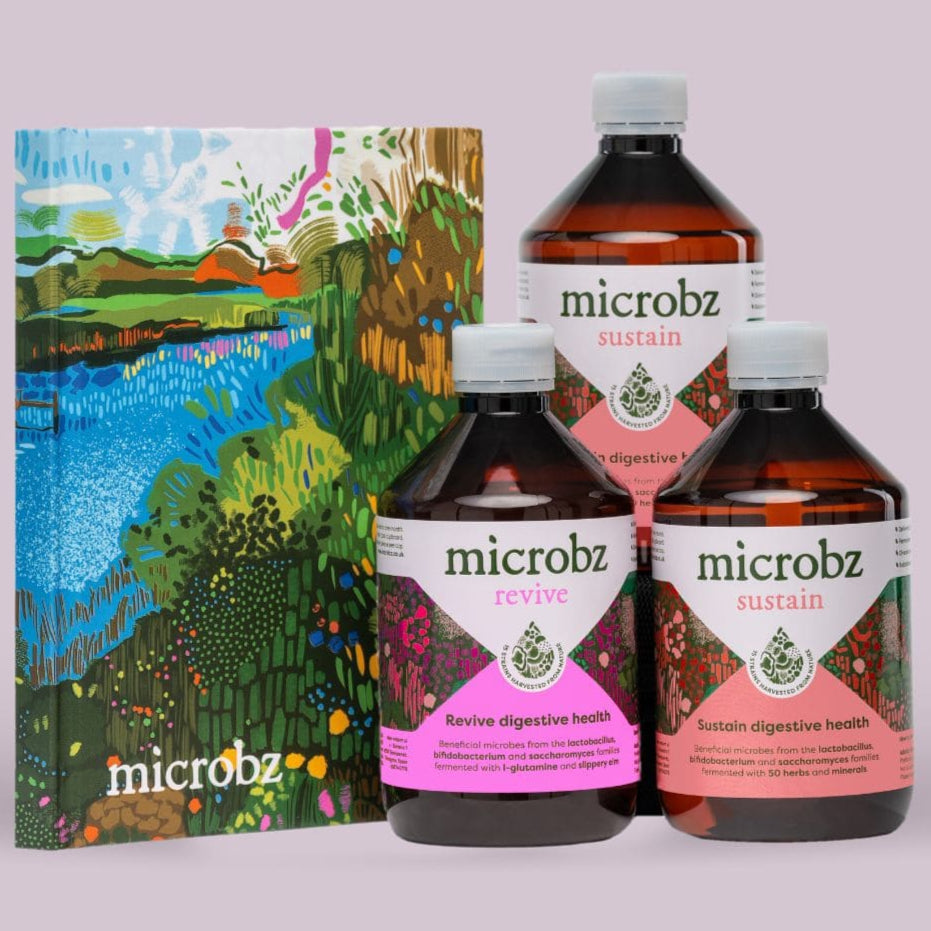Marshmallow
Althaea Officinalis

Family: Malvaceae
Which probiotic is it in?: Marshmallow is a key herb in Breathe
Habit and cultivation: Native to most countries in Europe, it grows best in salt marshes, damp meadows, by the side of ditches, by the sea and on the banks of tidal rivers.
Actions (known for): Leaf and root: demulcent-mucilage, emollient-mucilage and diuretic. Root also vulnerably. Leaf also expectorant.
History of Marshmallow
Parts used from the Marshmallow
Leaves, roots and flowers.
Constituents (bio available chemicals):
Mucilage, glucokinins, adenosine, phytosterols and flavonoids.
Nutritional constituents:
Very high in vitamin A, also vitamin B complex. Minerals: calcium, zinc, iron, sodium and iodine.
Indications:
Gastro-oesophageal reflux, peptic ulcer and gastritis. Asthma, acute and chronic bronchitis, cough, cystitis, urethritis, dysuria, inflammation of the gastrointestinal tract, IBS, constipation and ulcerative colitis. Topically: abscesses, furunculosis, leg ulcer, pharyngitis, laryngitis, varicose ulcer and burns.
Dosage:
400 – 1200 mg fully dried powder.
British Herbal Pharmacopoeia
Cautions for therapeutic doses
Be aware of those taking anti-coagulant and anti-platelet medications as a dose adjustment may be necessary.




